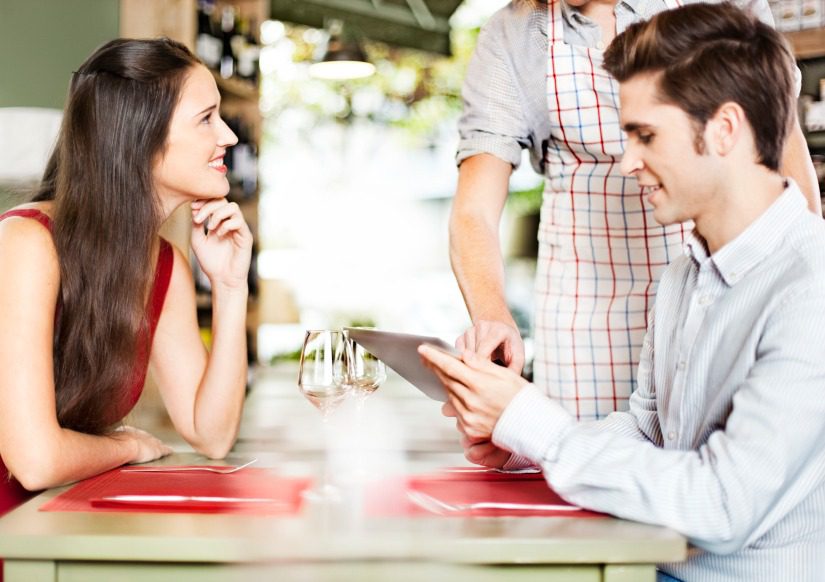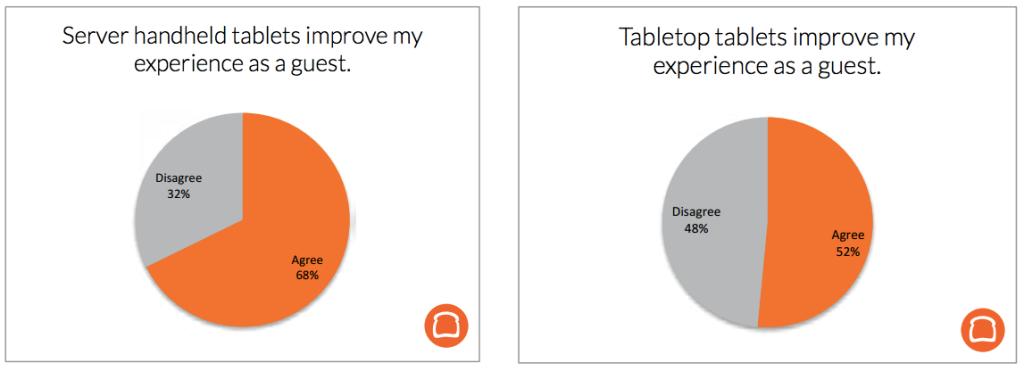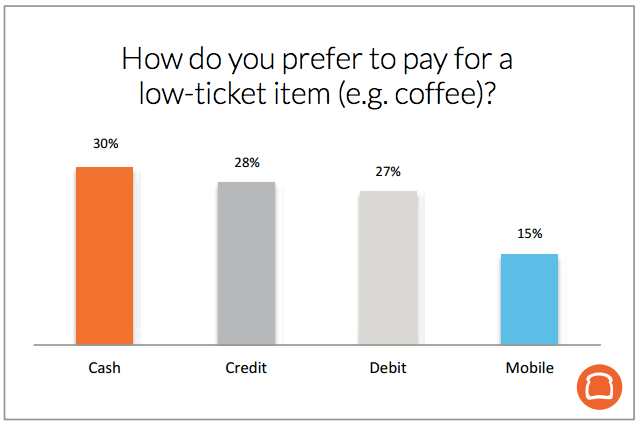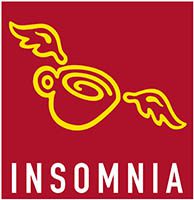This guest post was submitted by AJ Beltis, content marketer for Toast, Inc. Toast is an all-in-one restaurant management platform and point of sale system. Be sure to check out the Toast Blog for tips on employee management, marketing, industry tips, and more.
As 2016 comes to an end, it’s important to take a look back on the year and see some of the ways that the restaurant industry has changed.
Technology has impacted restaurants in more ways than one. While point of sale systems and credit cards have long been the norm, we’ve seen the advent of other noteworthy advances, including:
- Online Ordering
- Mobile Payment/Paying by Phone
- Customer Kiosk Ordering
- Digital Loyalty Programs
- Social Media
Given the enormous role these technological features play in our industry now compared to ten, five, and even two years ago, modern restaurants should stay in tune with the way technology is reshaping the food industry.
The 15-page Restaurant Technology in 2016 Report offers a perspective on restaurant technology from those who really matter: your guests. The results of this report – compiled from over 1,100 restaurant-goers – unlock the true feelings that diners have about restaurant technology. Make sure to download a free copy to see the full results of this report.
Here are some of the key findings from the Restaurant Technology in 2016: Diners Edition Report conducted by Toast POS., and what they could mean for your restaurant in 2017 and beyond.
A brief side note: The majority of those who participated in this study are from the USA, but this is still worthwhile information. Over 375,000 tourists from the North America visited Ireland between December 2014 and February 2016, and that number has been growing.
1. Guests largely believe restaurant technology improves their experience
The report found that restaurant-goers overwhelmingly approve of restaurant technology. In fact, 79% of guests agree that restaurant technology improves their guest experience. This is especially true when technology delivers a speedy, personalized approach to the experience. Examples of beneficial restaurant technology include:
- Modern point of sale systems, which increase transaction speed.
- Loyalty programs, which reward customers for their visits and create repeat guests.
- Online ordering, which lets customers order on their time and while on the go.
Customers are still up in the air on a few restaurant technologies, however. More than 50% of respondents said that customer kiosk ordering and mobile payment are “Not Very Important” or “Not Important at All.” As restaurant technology grows in prevalence, it will be interesting to see how or if consumer opinions on these technologies will shift.
2. Online ordering is here to stay
57% of respondents in the Restaurant Technology in 2016 Report order food from a restaurant’s website daily, monthly, or weekly. On top of this, many guests also regularly order from a restaurant aggregate site like GrubHub, Foodler, and Eat24.
Online ordering has been a growing trend in the restaurant industry. In fact, NPD Group found that the amount of online delivery orders has more than doubled between 2010 and 2015. The benefits of online ordering include:
- Enhanced order accuracy.
- Easy discoverability online.
- Importing pictures of your menu items so customers can buy with their eyes.
With smartphones, tablets, and computers in the hands of more and more people every single day, the demand for online ordering is likely to follow the trend of the past years and increase more than ever before. If you still don’t have an online ordering system on your website, it may be time to consider starting now.
3. Quick Service and Fast Casual restaurants are most impacted by technology
50% of respondents said that restaurant technology impacts their experience at fast casual restaurants and quick service (aka fast food) restaurants as either a “big” or a “somewhat big” impact. This speaks again to the desire for speed and accuracy at restaurants where patrons want to either eat quickly or grab their food and take it away.
Self-order kiosks seem to have a place in the future of these restaurants, with nearly two-thirds of respondents claiming they order from a kiosk every time or sometimes when the option is available. Kiosk ordering helps shorten the lines at your register, and keeps your staff busy in other ways to keep the lines moving and get customers their food faster.
The results of technology’s impact were smaller for casual dining and fine dining. Only 47% of respondents reported a big or somewhat big impact in casual restaurants, while 32% said the same for fine dining. However, diners still seemed receptive to technology in these types of restaurants. 68% agreed with the statement “server handheld tablets improve my experience as a guest,” while 52% said the same about tabletop tablets.
4. Credit and debit are the most preferred method of payment
For the report, respondents were asked what their preferred payment method was – cash, credit, debit, and mobile payment – for both high-ticket and low-ticket items.
For low-ticket items, like coffee or a quick lunch, guests prefer to pay by card. 65% prefer to pay with either credit or debit, with 30% reverting to cash, and 15% opting to use mobile payment. The 30% of cash payments help to alleviate those card processing fees.
However, 90% of customers prefer to use their card on high-ticket and expensive items. 6% opt for cash, while only 4% use mobile payment. This is helpful for customers who don’t carry too much cash and who want to earn credit card points/cash back for their purchases.
The people have spoken – and card wins the majority of the time, no matter what they’re buying.
5. Restaurant technology impacts the decision on where to eat
The report asked how important some technological features were when visiting a restaurant. The following percentages are how many respondents said that a feature was “Very Important” or “Somewhat Important:”
- Online Reservations: 77%
- Online/Mobile Ordering: 56%
- Free WiFi: 55%
- Loyalty/Rewards Program: 50%
While not all technologies (like mobile payment and touchscreen order kiosks) have a big impact on where patrons eat, the above features clearly do. As we move into 2017, we predict loyalty, WiFi, online ordering, and online restaurant reservations will become even more important for restaurants to have in order to retain market share.
6. Technology can improve a guest’s experience, but it will not define it
There are a lot of factors that can influence one’s experience at a restaurant. Technology is one of them, but it’s still not the most important – at least according to our survey. Above all else, 60% of the survey respondents said that “Delicious Food” is the most important factor in their restaurant experience, with speed, service, ambiance, and other choices trailing far behind.
This is a sobering reminder to all restaurant owners. Technology in restaurants is important – more so now than ever before. However, it cannot always make up for a bad meal in your restaurant.
Restaurant Technology in 2016
What do you believe was the most surprising result of this report? Let us know your thoughts in the comment below.
To see the full results of the Restaurant Technology in 2016: Diners Edition Report, you can download your free copy and start putting the findings to work in your own restaurant.
If you are looking to reduce labor costs, increase efficiency and improve communication in your restaurant then look no further then Bizimply. To learn more about how Bizimply has helped real customers achieve amazing results simply click below.












